Apple's iPhone Air experiment is unraveling before our eyes. What started as an ambitious push into ultra-thin smartphone design now looks like one of the company's biggest product missteps in recent memory. According to TipRanks, Apple has removed the next-generation iPhone Air from the schedule, while the original device continues performing significantly below expectations across global markets.
This is not a minor seasonal adjustment, but a strategic retreat. Apple has cut production to near end-of-life levels, as reported by TipRanks, shifting from launch mode to shutdown mode at an unusual speed. For a company that often keeps momentum for months after release, it reads like a rare admission that the market call was off.
What went wrong with Apple's thinnest iPhone?
The iPhone Air was pitched as Apple's boldest design move in years. At just 5.6 mm at its thinnest point, it became the company's slimmest device ever, a tidy engineering flex. Apple even squeezed in the same 48 megapixel camera system used in the iPhone 17 models.
It launched at $999 with promises of all-day battery life and a titanium frame to keep the thing rigid without weighing it down. On paper, the thin phone tradeoff finally looked solved.
Then the market answered. KeyBanc Capital Markets ran an investor survey that supposedly found "virtually no demand" for the Air, as reported by Economic Times. The gap was obvious: consumers kept choosing better cameras and longer battery life over ultra-thin looks, areas where the iPhone 17 Pro still holds the edge.
So the misread was not technical, but directional. The team solved thermal management and component miniaturization, yet the product leaned into form when buyers wanted function. Thin is cool, until your battery is not.
The numbers reveal unprecedented market rejection
The production trail tells the story. Starting in November, manufacturing volume fell to less than 10 percent of September levels, according to Economic Times. For Apple, which usually holds steady for at least six months after launch, you could see the writing on the wall by Thanksgiving.
Supply partners felt it fast. Component requests were cut by roughly 80 percent, as reported by PC Mag, with some parts expected to be discontinued by year's end. That cut equates to a million unit delta from original plans, and it forced Apple to reassign capacity that had been earmarked for 10 to 15 percent of total iPhone production, according to the same report.
Apple is now shifting those lines toward the iPhone 17 and iPhone 17 Pro, where demand still looks healthy, according to Economic Times. A simple tell, the iPhone Air ships immediately in any color, while other iPhone 17 models show two to three week delays. Classic imbalance, too much stock where interest is light, not enough where it is strong.
Broader strategic implications for Apple's innovation pipeline
All of this is happening against a backdrop of overall strength. Apple posted record quarterly revenue of 102.5 billion dollars in its July to September period, according to The Times of India, and iPhone revenue hit 49 billion dollars, up 6 percent year over year. The iPhone 17 lineup has outpaced the iPhone 16 series by 10 percent in early US and China availability, as reported by PC Mag. So the problem is not the broader iPhone market.
The timing still stings. Apple has pushed back more than one big initiative. The planned Siri overhaul was cancelled, with major virtual assistant improvements moved to 2026, according to The Times of India. Now the next-generation iPhone Air is off the fall 2026 schedule, as reported by TipRanks, which raises fair questions about pipeline prioritization.
Thin for thin's sake also looks out of step across the industry. Samsung ran into a similar wall with the Galaxy S25 Edge, which managed only 1.31 million units through August, according to Economic Times. The same report reveals Samsung halted S25 Edge production and cancelled the Galaxy S26 Edge.
Taken together, buyers are voting with their wallets for camera capability, battery life, and speed, not silhouettes.
Learning from failure: Apple's path forward
Even so, the iPhone Air test run surfaced useful signals about what people actually buy. The base iPhone 17 accounts for about one-third of total series sales, according to PC Mag, and demand keeps drifting toward Pro and Pro Max models with bigger feature sets. The Air still topped the iPhone 16 Plus it replaced, so the idea was not empty. It was just overestimated.
The engineering work will not vanish. Apple can reuse the ultra-thin design tricks on different product categories, including rumored foldable devices, according to Ars Technica. Skills in thermal management, battery tuning, and structure inside tight envelopes tend to travel well.
Apple still sounds confident in the core plan, keeping iPhone 17 production targets at 85 to 90 million units, as reported by PC Mag. Market reads suggest the current iPhone 17 and 17 Pro cover most high-end needs, which leaves little room for a thin first experiment that does not solve a clear pain point.
The iPhone Air is a blunt reminder. Elite engineering has to meet real demand to win. My bet, Apple leans harder into function-first differentiation, does more market validation on experimental spins, and brings the thin ideas back when they unlock something people can feel every day.






![for iPhone Air Case Clear with Screen Protector, [Compatible with Magsafe][Anti-Yellowing][Military-Grade Protection] Shockproof Slim Magnetic Phone Case Cover, Transparent](https://m.media-amazon.com/images/I/71bw34Bj1NL._AC_UY218_.jpg)

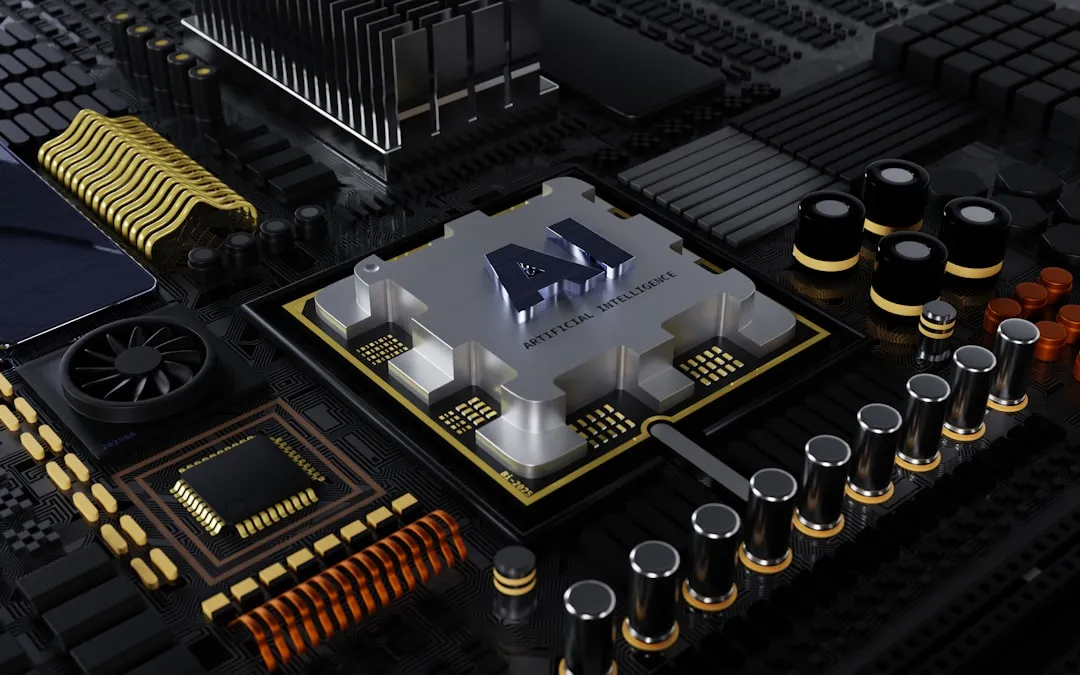
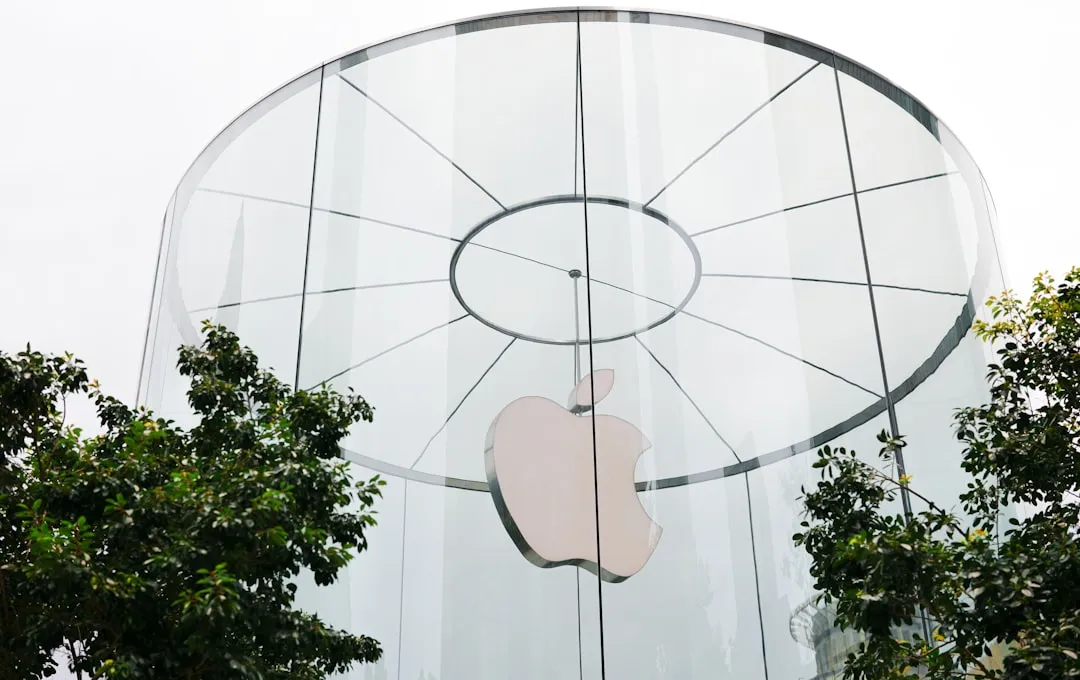

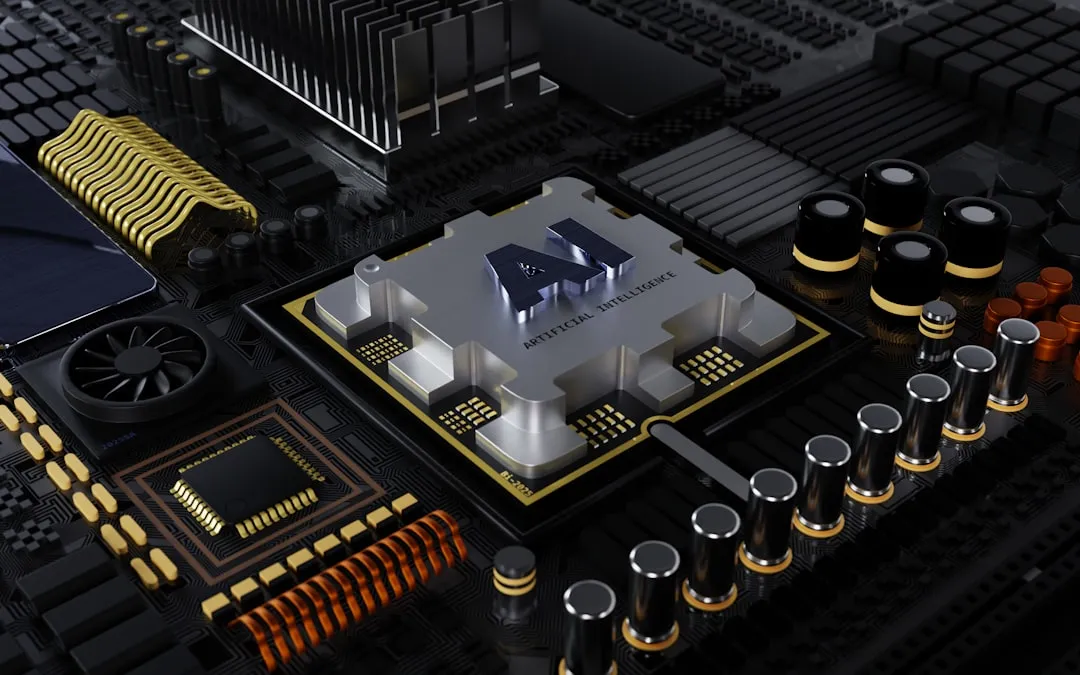
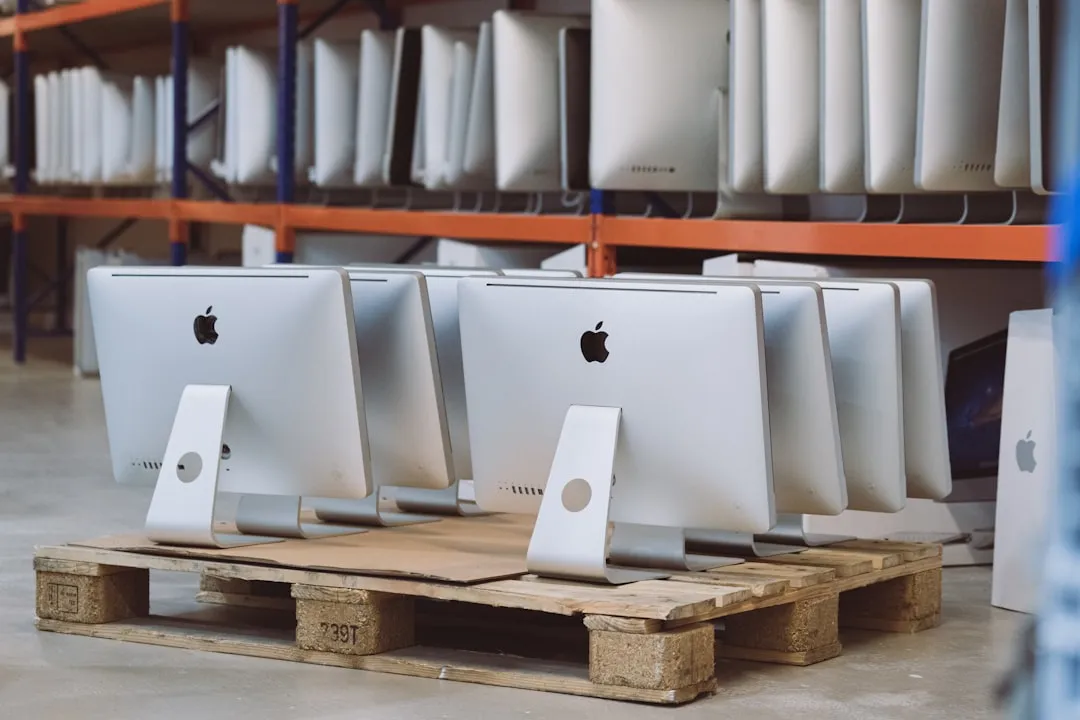



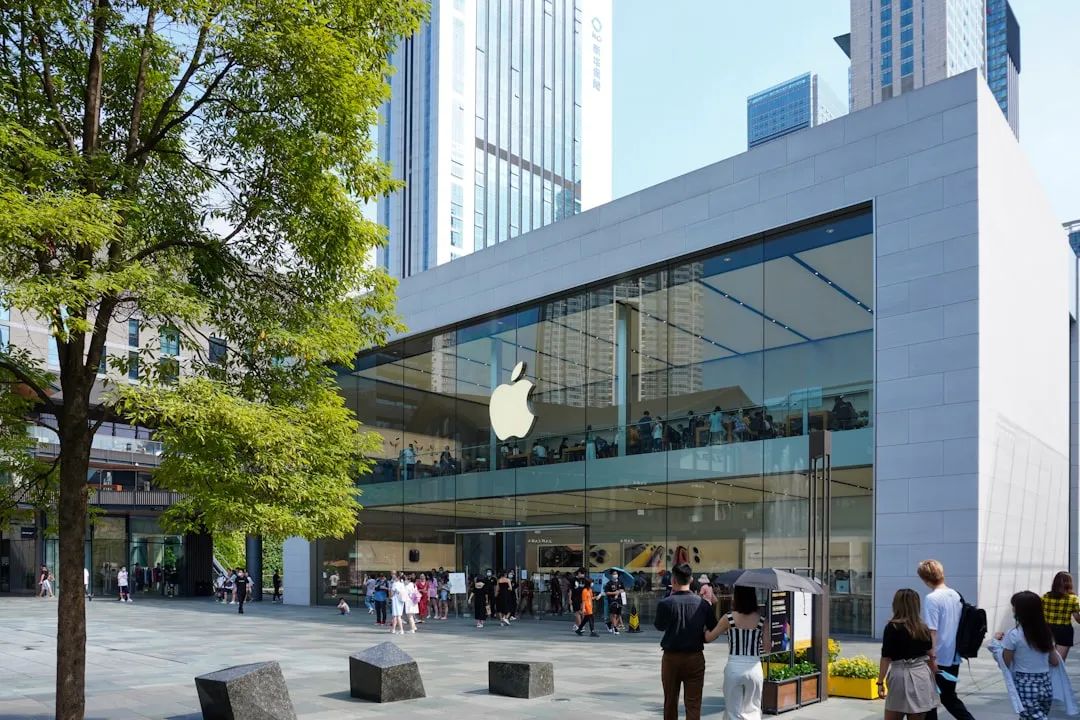
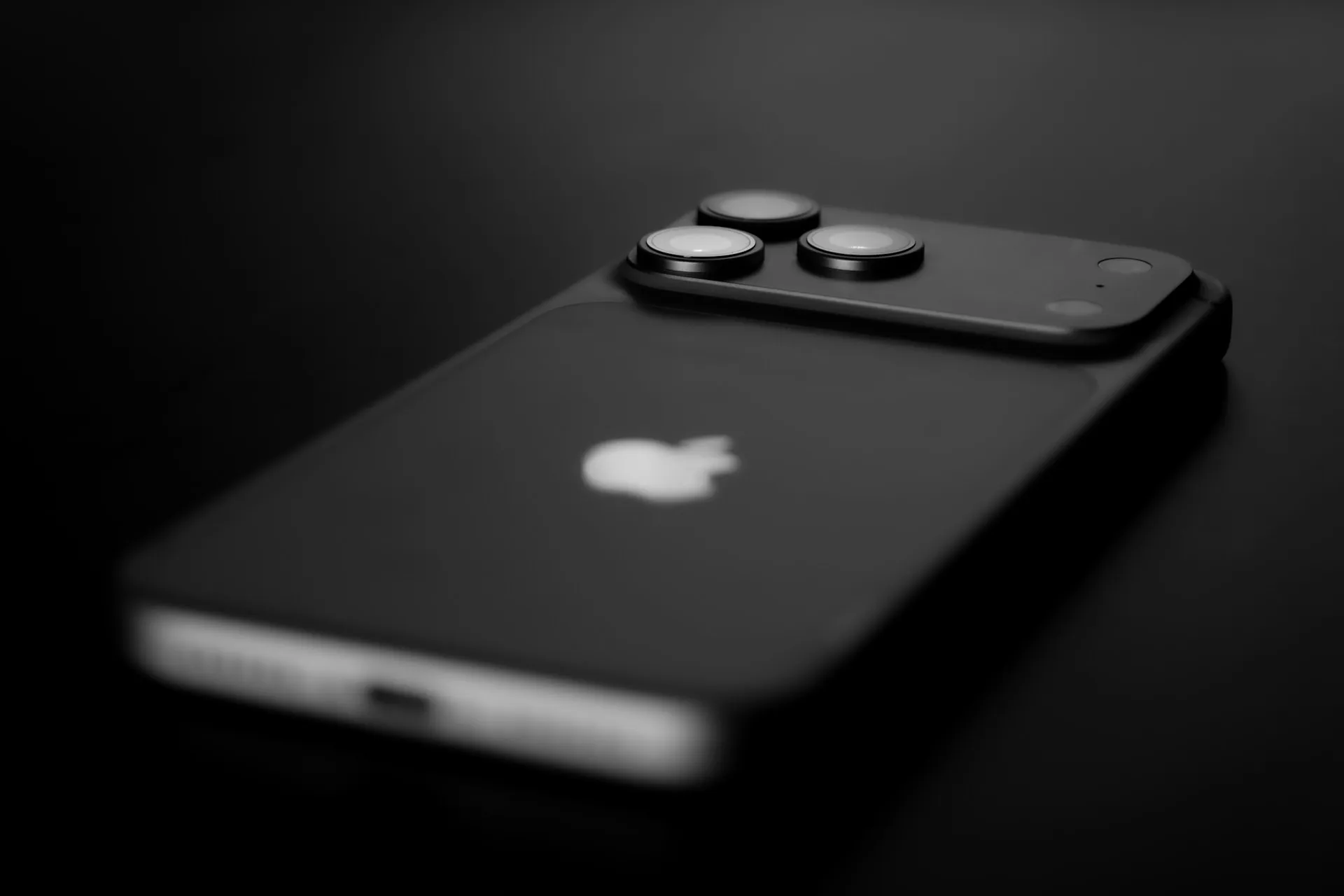
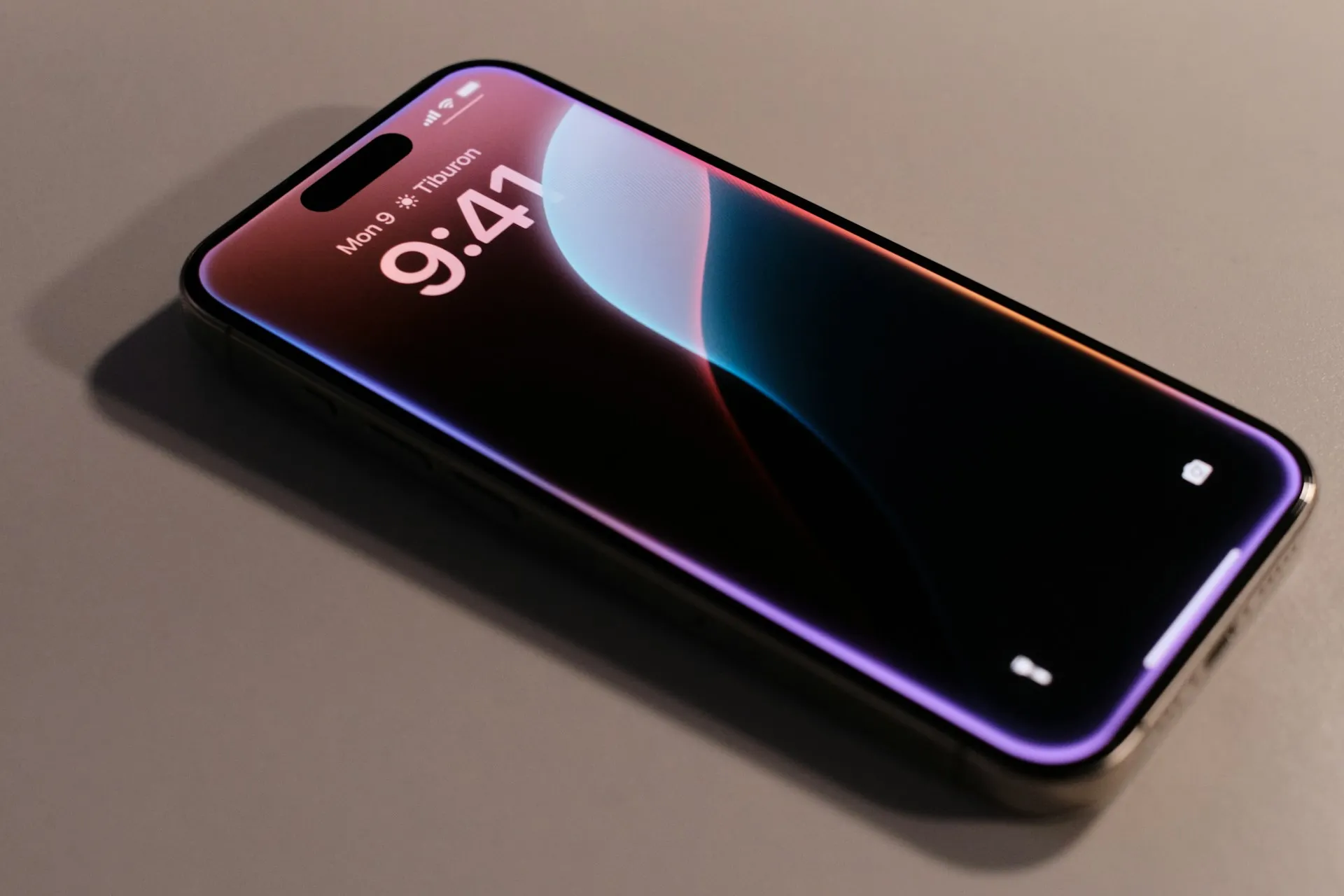
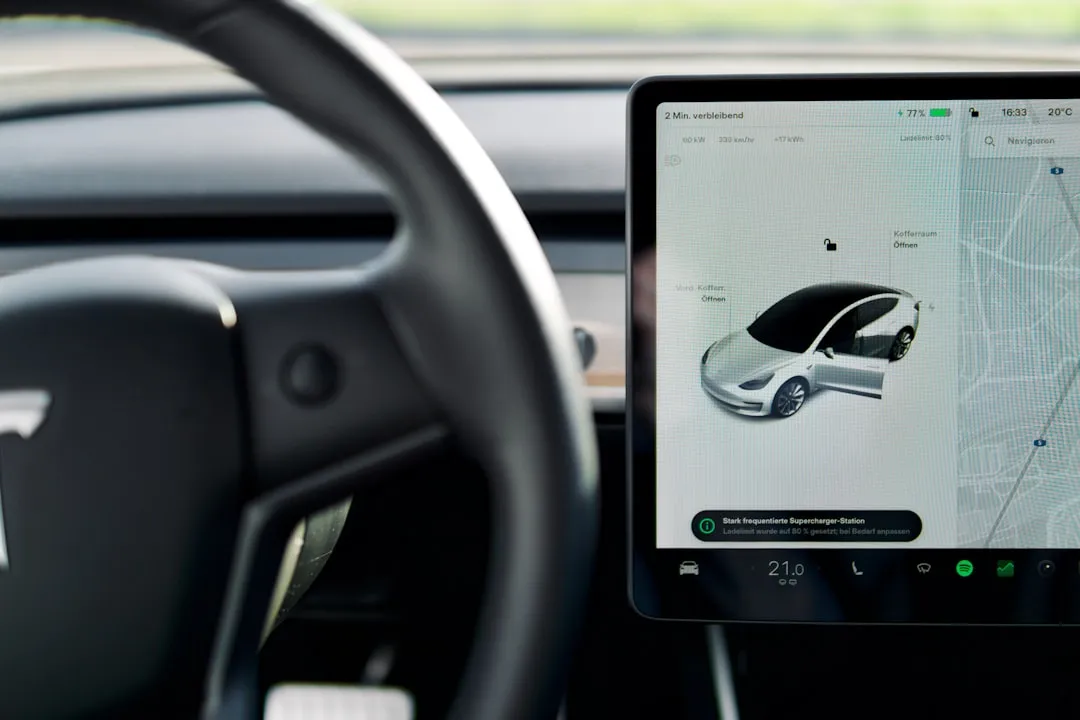





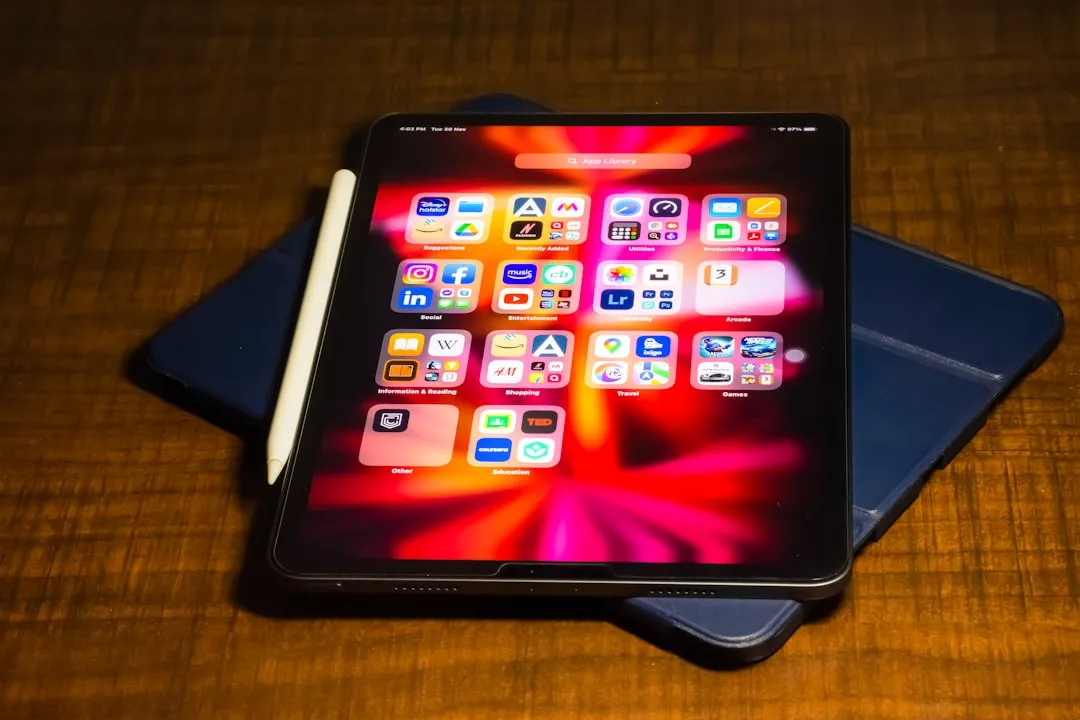

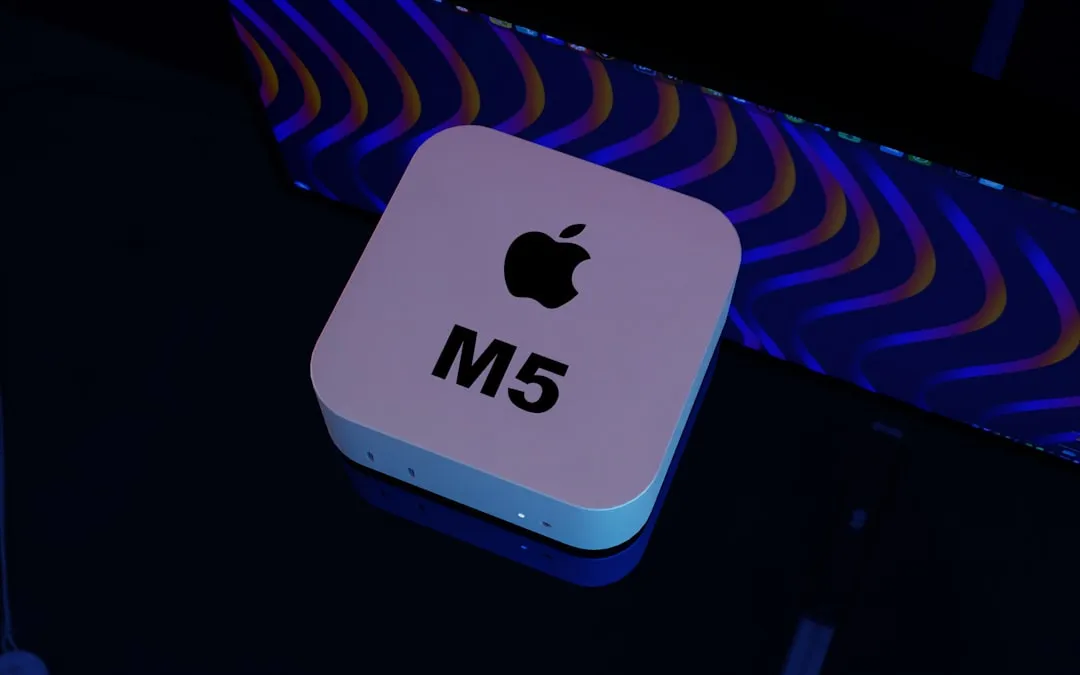
Comments
Be the first, drop a comment!